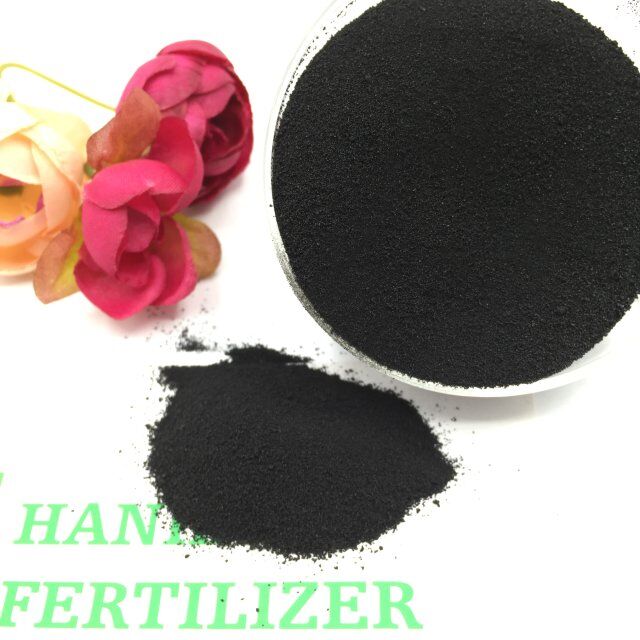
Dec . 03, 2024 18:18 Back to list
18-1-9 fertilizer
Understanding 18-1-9 Fertilizer A Comprehensive Guide
In the world of agriculture, the choice of fertilizer plays a crucial role in determining the health and productivity of crops. One particular type of fertilizer that has garnered attention among both professional farmers and home gardeners is the 18-1-9 fertilizer. This article delves into the significance, composition, application, and benefits of using this specific fertilizer.
What is 18-1-9 Fertilizer?
The numbers in 18-1-9 refer to the N-P-K ratio, which indicates the percentage by weight of the three primary nutrients in the fertilizer nitrogen (N), phosphorus (P), and potassium (K). In 18-1-9
- 18% Nitrogen Nitrogen is essential for the growth of plants. It is a critical component of amino acids, the building blocks of proteins, and is vital for chlorophyll production, which drives photosynthesis. A higher nitrogen content promotes lush, green foliage and overall vigorous growth.
- 1% Phosphorus Phosphorus plays a key role in energy transfer within plants, mainly through the formation of ATP (adenosine triphosphate). It is also crucial for root development, flowering, and fruiting. However, the relatively low percentage in this fertilizer suggests that it is not a primary focus, indicating that the intended use might not heavily rely on phosphate stimulation.
- 9% Potassium Potassium is important for overall plant health. It helps to regulate various processes, including water uptake, enzyme activity, and photosynthesis. Adequate potassium levels contribute to stronger plants that are more resistant to diseases and environmental stresses.
Applications of 18-1-9 Fertilizer
18-1-9 fertilizer is frequently used in various agricultural practices, including
1. Turf Management This fertilizer is popular among lawn care professionals and homeowners looking to maintain lush, healthy grass. The high nitrogen content encourages leaf growth, while potassium strengthens the grass against diseases.
3. Flowering Plants While not primarily phosphorus-heavy, the balance of nutrients can still benefit flowering plants, especially where a modest phosphorous input is sufficient for budding and blooming.
18-1-9 fertilizer

Benefits of 18-1-9 Fertilizer
The balanced formulation of 18-1-9 fertilizer offers several advantages
- Fast Growth Thanks to its high nitrogen content, this fertilizer can lead to rapid plant growth, making it ideal for situations where quick green-up is desired—such as newly sodded lawns or young plants in a vegetable garden.
- Enhanced Resistance With sufficient potassium levels, plants treated with 18-1-9 tend to exhibit greater resilience against pests and diseases, reducing the need for chemical interventions.
- Nutrient Release Control Many formulations of 18-1-9 fertilizer are slow-release, meaning that the nutrients are made available to the plants over an extended period. This controlled release minimizes the risk of nutrient leaching into water systems and ensures sustained plant health.
Best Practices for Use
To maximize the benefits of 18-1-9 fertilizer, consider the following best practices
- Soil Testing Conduct a soil test to determine nutrient levels before applying fertilizer. This can help tailor the application to meet the specific needs of your plants.
- Timing Apply fertilizer according to the growth cycles of the plants. For example, fertilizing in early spring can support newly growing plants, while application in late summer or early fall can help prepare them for winter.
- Application Method Ensure even distribution of the fertilizer. This can be achieved through broadcasting, banding, or using a fertilizer spreader, depending on the area and crop.
Conclusion
In summary, 18-1-9 fertilizer serves as a versatile option for enhancing plant growth and health. With its higher nitrogen and potassium content, it supports vigorous green growth while still supplying essential nutrients. By understanding its composition and best practices for use, gardeners and farmers alike can optimize their crop yields, leading to flourishing gardens and productive farms. Whether used in lawn care or vegetable gardening, 18-1-9 fertilizer is a valuable tool in the agricultural toolkit.
-
Premium Organic Manure Compost for Eco Gardens
NewsAug.01,2025
-
Organic 10-10-10 Fertilizer | Balanced Plant Nutrients
NewsJul.31,2025
-
Premium Amino Acid Fertilizer | Rapid Plant Growth Booster
NewsJul.31,2025
-
10 10 10 Fertilizer Organic—Balanced NPK for All Plants
NewsJul.30,2025
-
Premium 10 10 10 Fertilizer Organic for Balanced Plant Growth
NewsJul.29,2025
-
Premium 10 10 10 Fertilizer Organic for Balanced Plant Growth
NewsJul.29,2025
